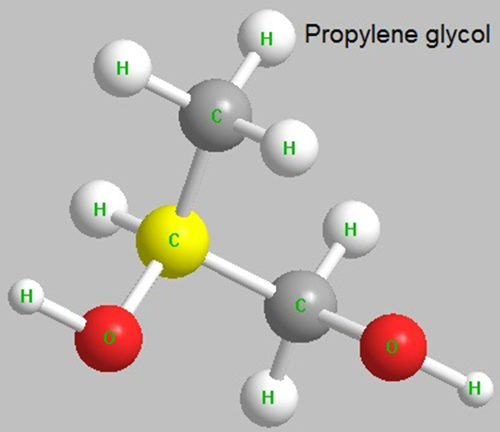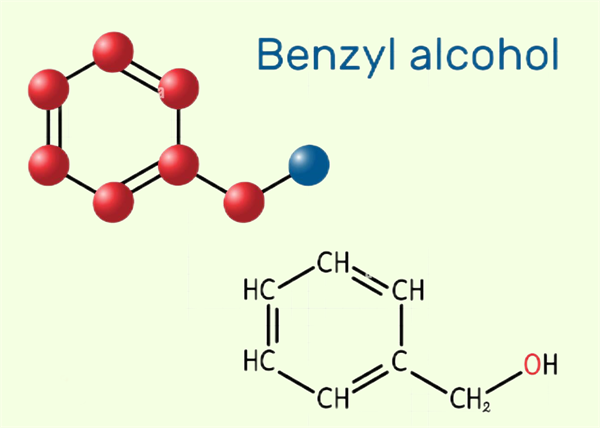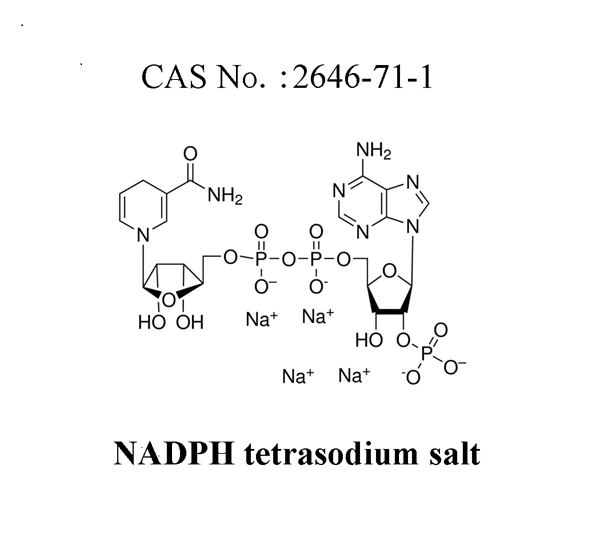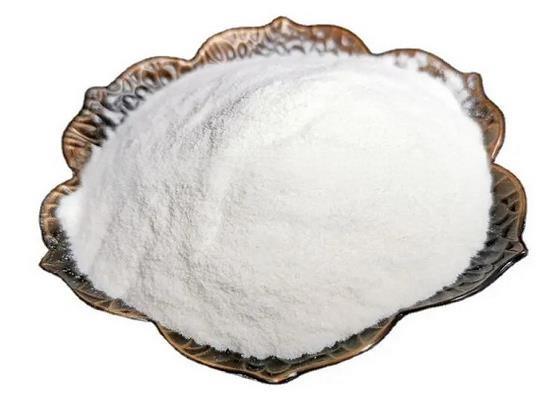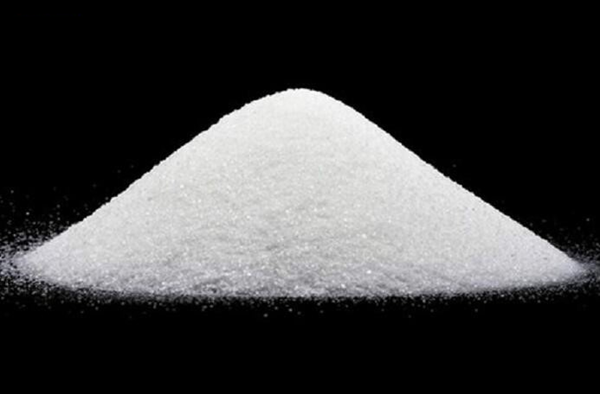Active Pharmaceutical Ingredients (API), popularly speaking, are the raw materials of medicines, only pharmaceutical raw materials are processed into pharmaceutical preparations , can they become medicines available for clinical use, so drugs we usually eat are the finished drugs through processing. Active Pharmaceutical Ingredients based on its sources can be divided into two major categories ,including chemical synthetic drugs and natural chemical drugs. Chemical synthetic drugs can be divided into organic synthetic drugs and inorganic synthetic drugs. Inorganic synthetic drugs are inorganic compounds ( very few is element), such as aluminum hydroxide, magnesium trisilicate which are used for the treatment of gastric and duodenal ulcers ; organic synthetic drugs are mainly composed of drugs made by basic organic chemical raw materials, through a series of organic chemical reactions (such as aspirin, chloramphenicol, caffeine, etc.). Natural chemical drugs ,based on its sources,can be divided into two categories including biochemical drugs and plant chemical drugs. Antibiotics are generally made by the microbial fermentation, which belongs to the biochemistry category. A variety of semi-synthetic antibiotics occurs in recent years,which are biosynthesis and chemical synthesis combining products.Among active Pharmaceutical Ingredients, the organic synthetic drugs varieties, yields and values have the largest proportion,which are the main pillars of the chemical and pharmaceutical industries. The quality of active Pharmaceutical Ingredients decides whether the formulation is good or bad , so its quality standards are very strict ,countries in the world have developed national pharmacopoeia standards and strict quality control methods for its widely used active Pharmaceutical ingredients.
Exploring polypropylene Chlorinated: Synthesis, Properties, and Applications
Given its unique properties and applicability, chlorinated polypropylene stands out as a subject of interest among chemists and industry professionals alike.
Apr 19,2024 APIIs it safe to use Hydrocortisone cream?
Hydrocortisone cream is usually well-tolerated.
Apr 19,2024 APIToxicity and human health effects of Propylene glycol
Propylene glycol (PG) is a synthetic liquid that is commonly used in the food, pharmaceutical, and cosmetics industries. It serves as a solvent, humectant, and preservative.
Apr 18,2024 APIApplication and safety of Benzyl alcohol in skincare products
In the cosmetics industry, benzyl alcohol is used as a fragrance component and as a preservative due to its antimicrobial properties.
Apr 18,2024 APINadph tetrasodium salt: Introduction and Application
NADPH tetrasodium salt homeostasis is regulated by various signaling pathways and metabolic enzymes, which undergo adaptive changes in cancer cells.
Apr 18,2024 APIThe use of minoxidil in hair disorders
Minoxidil is a common medication prescribed for treating hair loss-related problems. It provides remarkable benefits to patients with hair disorders.
Apr 18,2024 API[(2-Chlorophenyl)methylene]malononitrile: Burn Injury of Exposure and its Mechanisms
Exposure to [(2-Chlorophenyl)methylene]malononitrile can cause burn injuries through flame, contact, and chemical mechanisms, necessitating diverse medical treatments.
Apr 18,2024 API2-(2-Bromophenyl)pyrrolidine: Overview and Applications in Medicinal Chemistry
2-(2-Bromophenyl)pyrrolidine, a versatile compound with a brominated phenyl substituent and a stable pyrrolidine ring, holds significant promise in medicinal chemistry.
Apr 18,2024 APIFmoc-Lys(Boc)(Me)-OH: Applications in Synthesis of Histone Tail Peptides and its Concise Preparation Method
Fmoc-Lys(Boc)(Me)-OH streamlines peptide synthesis, enabling precise integration and facilitating studies on histone modifications with high yields and stability.
Apr 18,2024 APICesium Carbonate Promoted Direct Amidation of Unactivated Esters with Amino Alcohol Derivatives
Cesium carbonate is a white hygroscopic powder that is readily soluble in water.
Apr 17,2024 API





